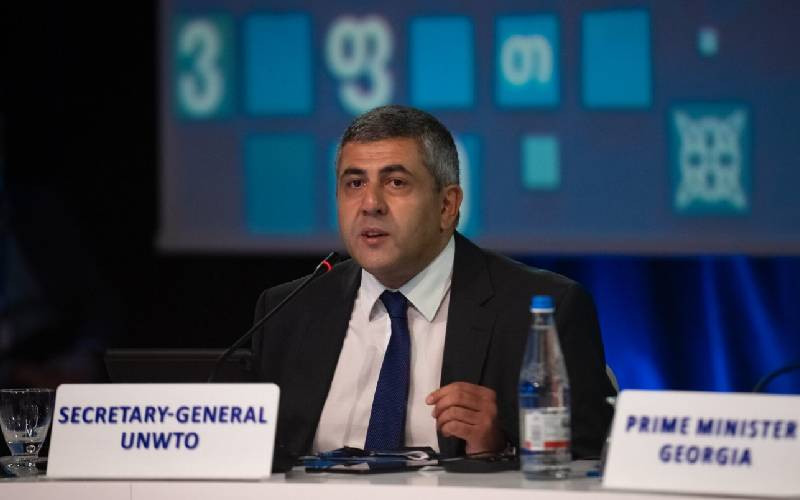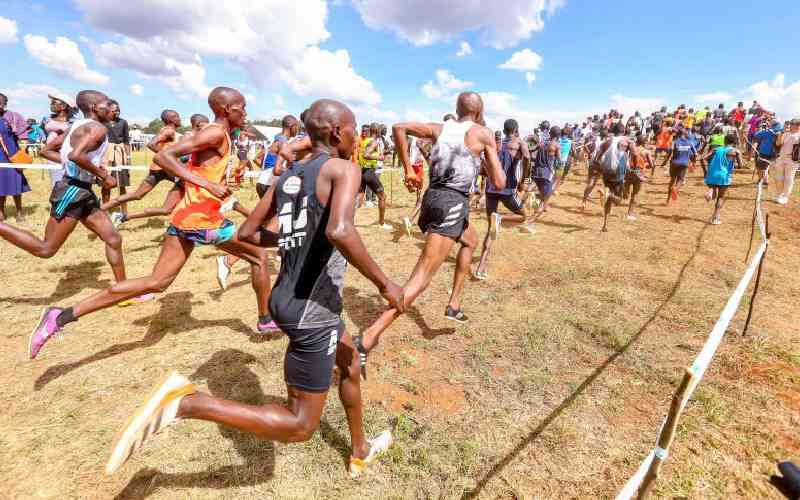By PETER MUIRURI
As Kenyans mark 50-years of independence, the dusty town of Maralal occupies a special place in the country’s history.
The town is located 350 kilometres north of Nairobi. For those brave enough to make the arduous journey to the ‘other Kenya’ – as the northern frontier is referred to – Maralal offers the last dose of comfort before tackling the more rugged section ahead.
The old settlement on a hillside east of Loroghi plateau may not mean much to the current generation of Kenyans but its history is intertwined with that of the country. The seemingly nondescript town in Samburu County has witnessed a piece of history that changed Kenya over the last 50-years.
For a start, the present location of Moi Girls School, a couple of kilometres from the town, used to be a British army camp.
In the early days of colonialism, the British needed a base that would prevent rival Italian forces from Ethiopia from advancing further south into the rich colony. Maralal proved to be such a bastion due to the temperate climate.
In later years, hordes of white civil servants were stationed in the area in order to govern the northern frontier with ease.
It was with the aim of providing decent shelter for some of the civil servants that the British build a modest stone house on the hillside that would later catapult Maralal to international fame.
Kenyatta House, as it is known today was built in 1959 and represents a piece of British architecture that has endured for decades. The floor sits on raised ground to keep unwanted creepers and slithering creatures at bay.
Luxurious lifestyle
This is the house where Mzee Jomo Kenyatta was taken in 1960 to pacify him after the long imprisonment in Lowdar.
John Rigano, the curator at the house that is now part of the National Museums of Kenya tells us that contrary to popular opinion, Kenyatta was not in jail in Maralal though his movements were restricted.
As Kenya’s independence drew ever closer, the British realised that Kenyatta was the most preferred candidate for presidency in comparison to his fellow prisoners. Still, he was bitter with the colonialists who had dubbed him “leader unto darkness and death.” He had to be re-indoctrinated before his final release to the general public.
“Just look at this house. Nowhere in the world do you find prisoners enjoying the bliss of staying in a house that is more luxurious than one where free people live,” he says. He is alluding to the fact that the house has amenities that black people at that time could only dream of.
Let us go back in time and examine Mzee’s lifestyle in this house. Light fixtures are conspicuously absent as there was no electricity here at the time.
Stay informed. Subscribe to our newsletter
In the sitting room, there are five, long seats with hard linen covers that date back to the late 1950s. The fact that they have survived up to now means that they were made of hard wood, probably pod carpus.
On these seats, he held discussions with high profile visitors during the independence negotiations. The fact that there are five seats meant that the number of such visitors were limited. Michael Blundell, a well-known white farmer and politician may have sat on the seats a number of times as he was among the facilitators of these meetings.
Rising status
Kenyatta’s pact with the whites that they were welcome to stay on after independence and that their property was safe may have been uttered here.
On an adjacent desk lies a fixed telephone line — extension 2 — that allowed him to communicate with local government officials.
A huge portrait of Kenyatta hangs above the fireplace. On an opposite wall hangs his picture with a few friends from Maralal. Among them is Wanyiri Kimomori, Kenyatta’s close friend and a cobbler. Kimomori had been fetched from Nyahururu by the colonialists as he was an accomplished horse handler.
“The picture must have been taken somewhere within Maralal town. Kenyatta was allowed to visit the town but due to his rising status, he could not address more than ten people. That is why the number of people in the picture is exactly ten excluding Kenyatta,” says Rigano.
To the immediate left of the sitting room is a guest room. Here, Rigano says, is where any visitor could spend the night. Again, the fact that there is only one guest room meant that no more than a single visitor could be entertained by Kenyatta at any given time.
Next is Kenyatta’s bedroom comprising of a spring bed with a straw mattress. On top of a wooden cabinet is the good old, charcoal iron box. Next stands a full size mirror, another glimpse into the ‘good’ lifestyle that Mzee indulged in.
“Remember that Kenyatta was allowed to receive high ranking colonial officers. He would be notified of such visits in advance. This means he had to look his best hence the iron box and the king size mirror. That was not an ordinary prisoner’s life,” Rigano says.
Rigano tells us that it is possible to see Mount Kenya from the bedroom window, a feature that provided the best background as Kenyatta worked on his well known memoirs, Facing Mount Kenya.
This bedroom is also special for another reason: It was here that the first “Project Uhuru” was conceived.
When he visited the house on July 1, 2007, the current President wrote the following words on the visitors’ book: “Conceived in this house in the year of (our) Lord 1961. A pleasure to be back using my own two feet.”
A third bedroom housed Kenyatta’s two daughters, Christine Wambui, now Chritine Pratt and Jane Njeri.
In the kitchen stands another antique. A wood-powered oven that Kenyatta and Mama Ngina used for making meals as well as for baking not only for the small family but for the few guests as well. Since there were no house servants, we can only imagine the resilient wife scouring the neighbourhood, looking for dry logs to make a fire.
[email protected]
 The Standard Group Plc is a
multi-media organization with investments in media platforms spanning newspaper
print operations, television, radio broadcasting, digital and online services. The
Standard Group is recognized as a leading multi-media house in Kenya with a key
influence in matters of national and international interest.
The Standard Group Plc is a
multi-media organization with investments in media platforms spanning newspaper
print operations, television, radio broadcasting, digital and online services. The
Standard Group is recognized as a leading multi-media house in Kenya with a key
influence in matters of national and international interest.
 The Standard Group Plc is a
multi-media organization with investments in media platforms spanning newspaper
print operations, television, radio broadcasting, digital and online services. The
Standard Group is recognized as a leading multi-media house in Kenya with a key
influence in matters of national and international interest.
The Standard Group Plc is a
multi-media organization with investments in media platforms spanning newspaper
print operations, television, radio broadcasting, digital and online services. The
Standard Group is recognized as a leading multi-media house in Kenya with a key
influence in matters of national and international interest.









